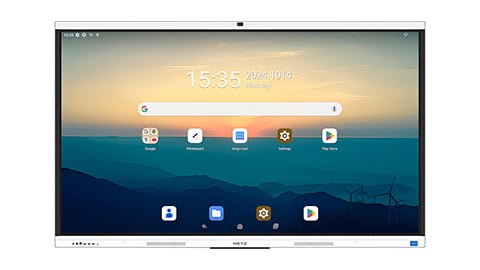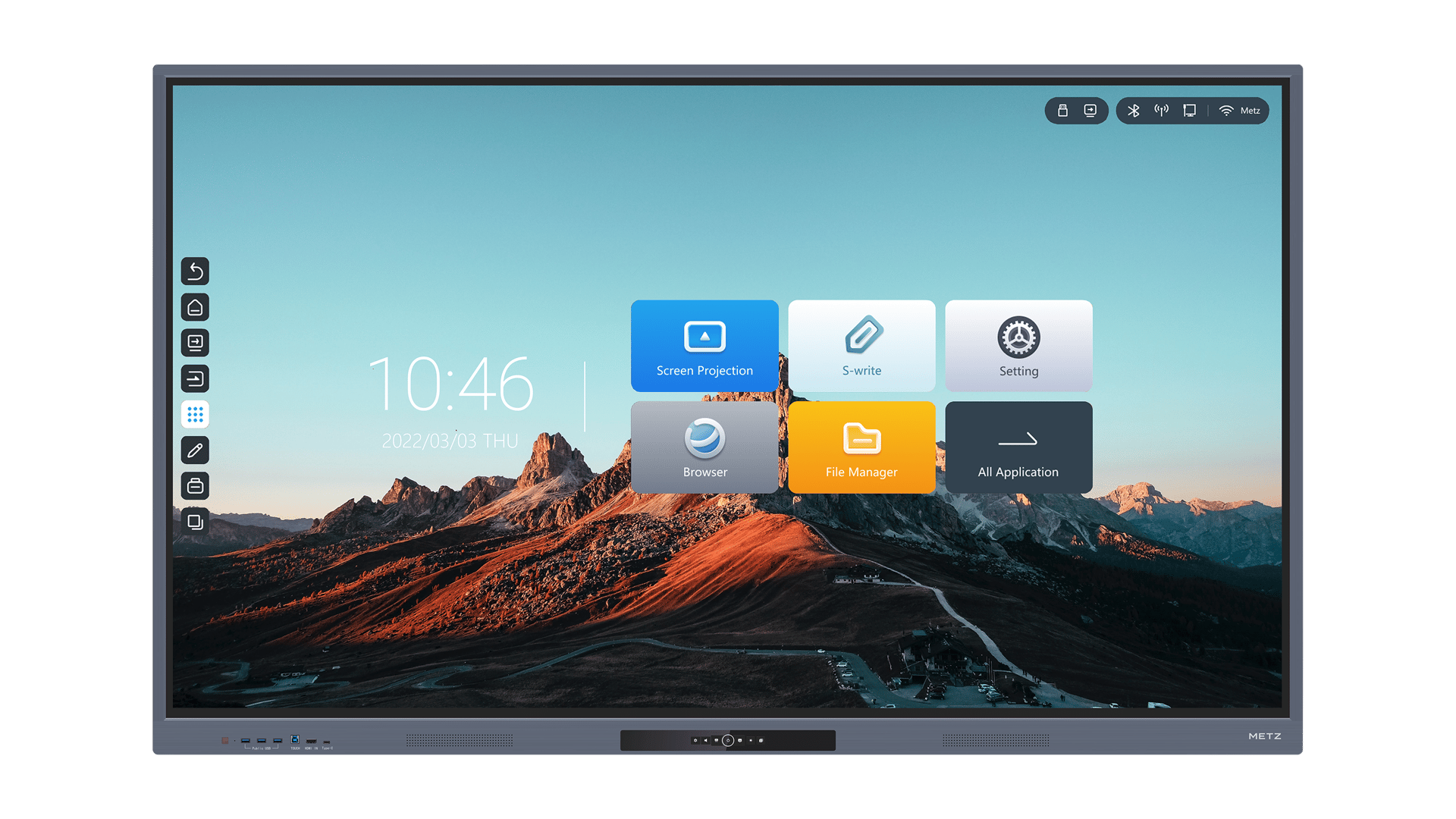The popularity of electronic whiteboard products in education, especially the general education market, is an "unexpected" change. Comparing the educational practice of western developed countries, we can clearly see the prospects for the development of this industry. For example, according to the survey statistics released by the United Kingdom ten years ago, the proportion of primary schools, secondary schools, and special schools using electronic whiteboards was 48%, 82%, and 53% respectively.
So now the surpassing of traditional electronic whiteboard products by the interactive tablet is about to become a real "flying dragon in the sky". What is the charm of the interactive tablet? In other words, why is the education market willing to pursue interactive tablets over traditional projection electronic whiteboards?
To know the answer to the above questions, we must start from the technical characteristics of the interactive tablet itself, as well as the internal structural adjustment trend of the projection and flat panel display industries. Among them, education shows the demand characteristics of the market itself, which is the decisive factor.
The core of METZ's interactive display innovation experience is "positive latecomer advantage". Compared with the traditional electronic whiteboard application system dominated by projection display technology, the interactive tablet has its unique advantages. These advantages can be summarized in three areas:
First, the advantages of display performance, such as higher resolution, bright colors and contrast, stronger resistance to ambient light, etc.;
Second, the advantages of system specifications, such as intelligent integration, saving the cost of deploying PC products, The integration of sound effects and display saves the cost of deploying sound systems, the integration of ultra-thin structures, and it is easier to combine with push-pull blackboards, etc.
Third, the advantages of industrial innovation, such as the development of resolution to 4K, and the increasing number of large-scale products Increase, product price, especially the rapid price of large-size products, evolution to touch screen products, evolution expectations to OLED technology, etc.
These product advantages make the LCD interactive tablet a latecomer in the industry, but it has truly created an era of its own with "innovation" in the explosive stage of the interactive teaching industry. In contrast, projection display electronic whiteboard products are faced with "innovation inertia".
In a sense, the difference between the traditional electronic whiteboard and the interactive tablet is not in interactive technology (infrared interactive technology occupies a major position in both products); it appears in display technology, but also in intelligent technically. In these respects, the weakness of projection is not that there are no mature technologies that can significantly improve the experience, but that the promotion and industrialization of these technologies to improve the experience is far slower than that of liquid crystal display products.






